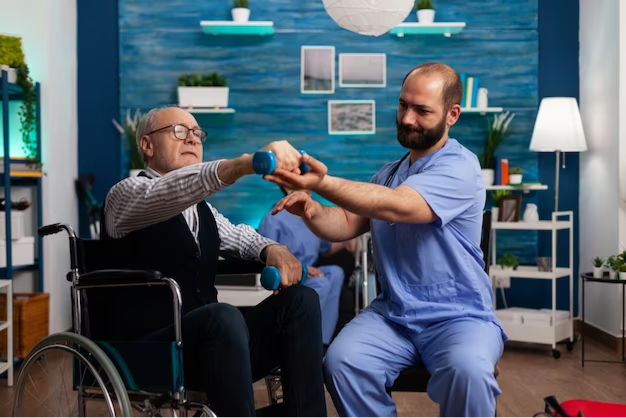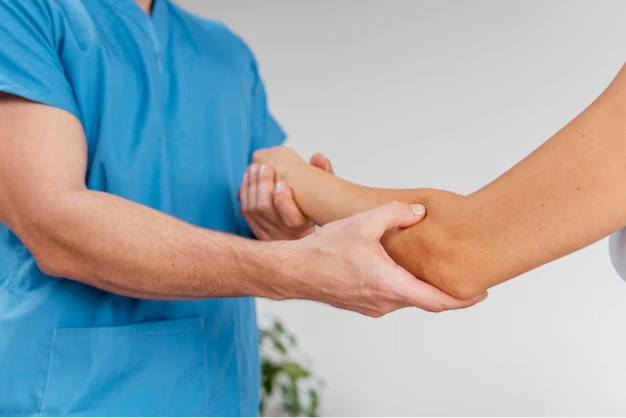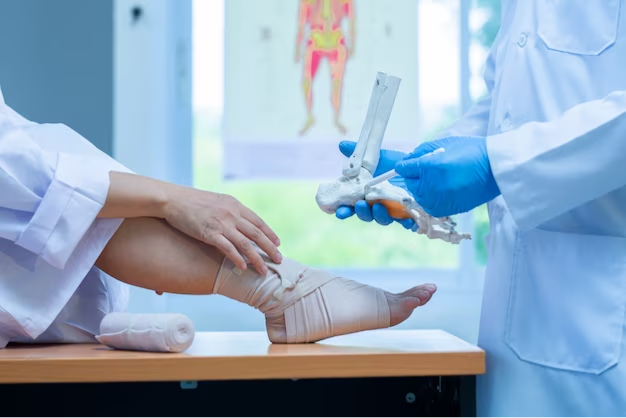
Orthopaedics, Joint Replacement and Arthroscopy
Aging Gracefully: Orthopedic Care for Seniors
December 2023
Orthopaedics, Joint Replacement and Arthroscopy

When we think about orthopedic health, we often focus on exercise, physical therapy, and medical treatments. However, the role of nutrition and diet in maintaining strong bones and joints is equally important. What we eat directly impacts our musculoskeletal system, affecting bone density, joint function, and overall orthopedic well-being. In this article, we'll explore how proper nutrition and diet contribute to orthopedic health and offer tips to keep your bones and joints in optimal condition.
Nutrients Essential for Orthopedic Health
Tips for Promoting Orthopedic Health Through Diet
Orthopedic Health and Lifestyle Choices
In addition to nutrition and diet, other lifestyle choices play a vital role in orthopedic health:
- Regular weight-bearing exercises, such as walking, running, and weightlifting, help maintain bone density and muscle strength.
- Stretching and flexibility exercises are essential to keep your joints mobile and prevent stiffness.
- Posture and ergonomics are significant factors in maintaining good orthopedic health. Pay attention to your posture during daily activities, especially while sitting at a desk.
Nutrition and diet are cornerstones of orthopedic health. A well-balanced diet that includes essential nutrients like calcium, vitamin D, and protein can help you maintain strong bones and joints, reduce the risk of fractures, and support overall musculoskeletal health. Pair your dietary choices with an active lifestyle, proper posture, and regular exercise to enjoy the benefits of healthy bones and joints well into your later years.

Orthopaedics, Joint Replacement and Arthroscopy
December 2023

Orthopaedics, Joint Replacement and Arthroscopy
December 2023

Orthopaedics, Joint Replacement and Arthroscopy
December 2023